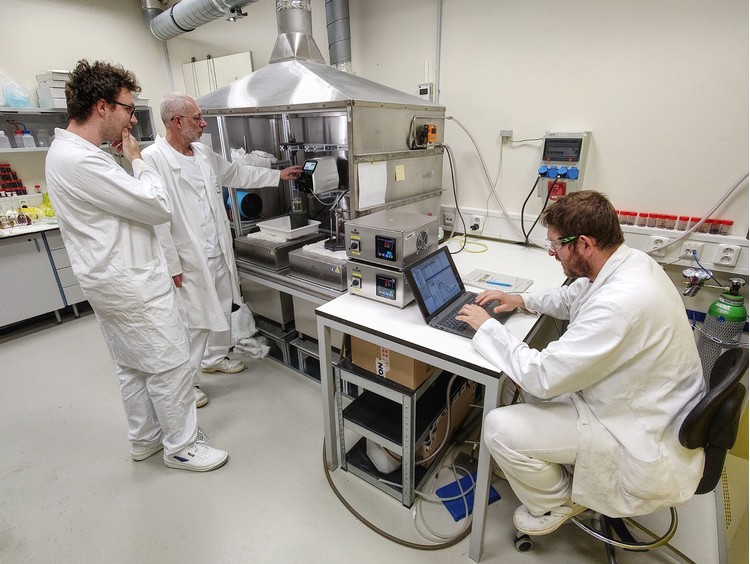
Gasification is a thermal process known since the mid-19th century. Together with combustion and pyrolysis, it belongs to a group of high-temperature methods that convert fuels into more energy-efficient gaseous products.
Traditionally, air, steam, or oxygen in sub-stoichiometric quantities are used as the gasifying medium. An alternative approach uses carbon dioxide (CO₂) supported by a molten salt environment to enable the reaction between the fuel and the gas.
The temperature of the process depends on the type of salt used, ranging from 700 to 1000 °C. Molten salts serve multiple roles – they act as a catalyst, a homogeneous heat-transfer medium, and stabilize the whole process. In waste gasification, acid-forming gases can be captured within the melt, forming stable acid salts, which reduces the demands on downstream gas purification.
Gasification method is suitable not only for energy materials but also for difficult-to-process waste, such as oils, solvents, sludge, biomass, chlorinated compounds, or even used tires. It offers a new opportunity for more sustainable waste management.
At the Řež Research Centre, as a part of the National Centre for Energy, we aim to:
The process produces syngas, a synthetic gas mixture composed of CO, H₂, CO₂, and H₂O. Besides energy recovery, the project also focuses on alternative applications for the gas mixture, including:
We conduct our research using a Molten Salt Gasification (MSG) laboratory system, adapted from Molten Salt Oxidation (MSO) technology. This system is available within our research infrastructure and enables detailed monitoring of gasification reactions and product composition analysis.

